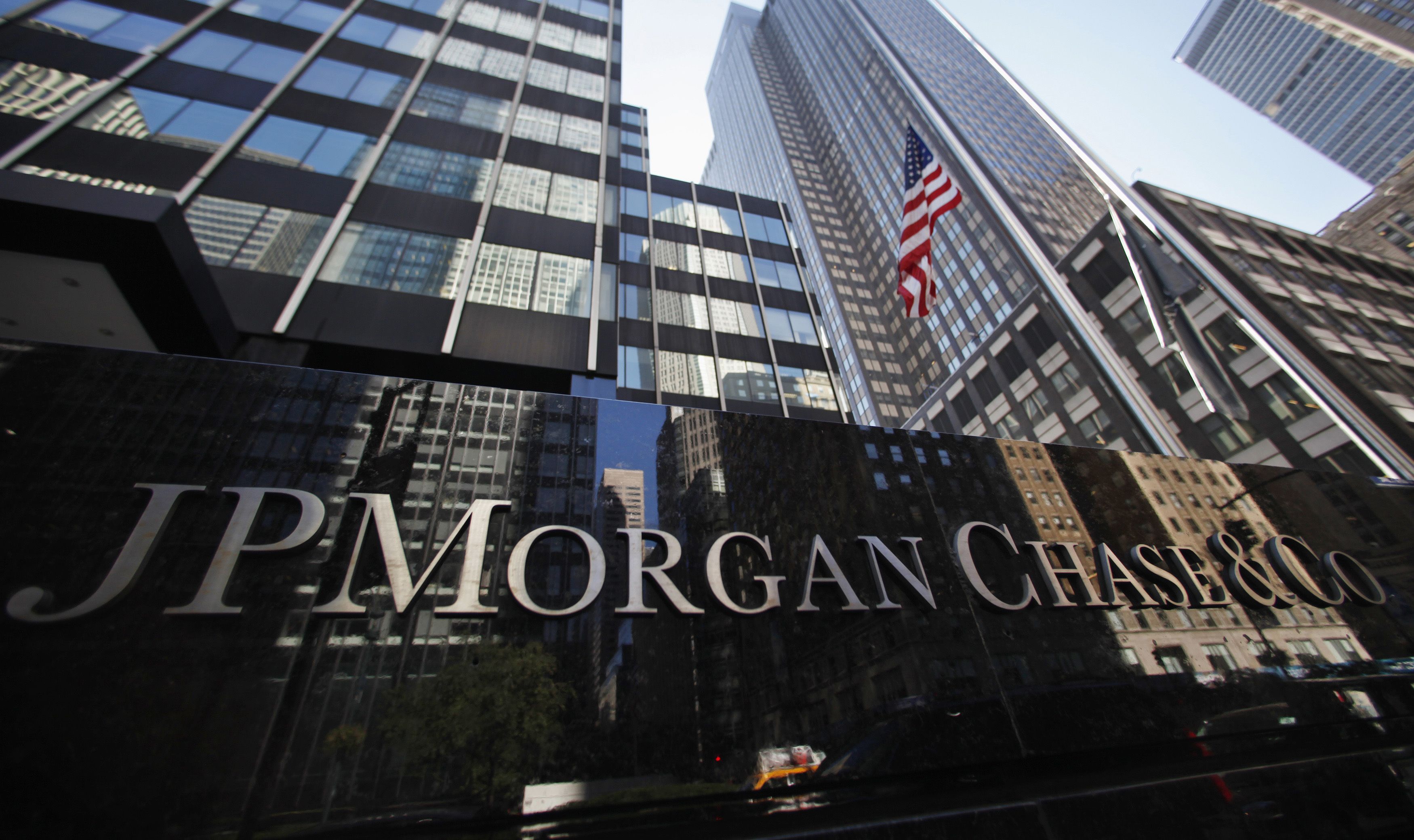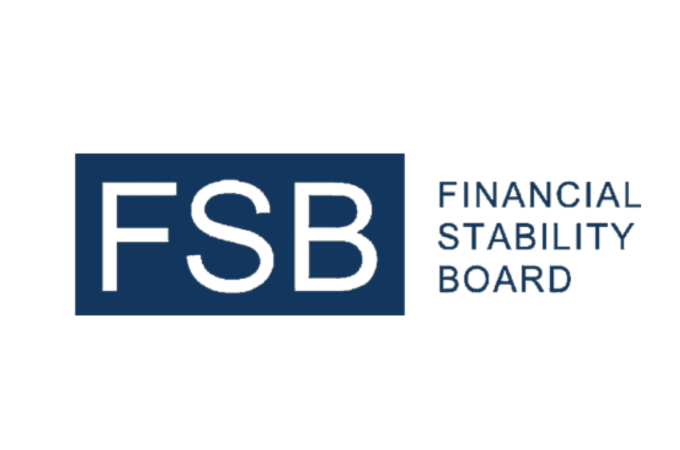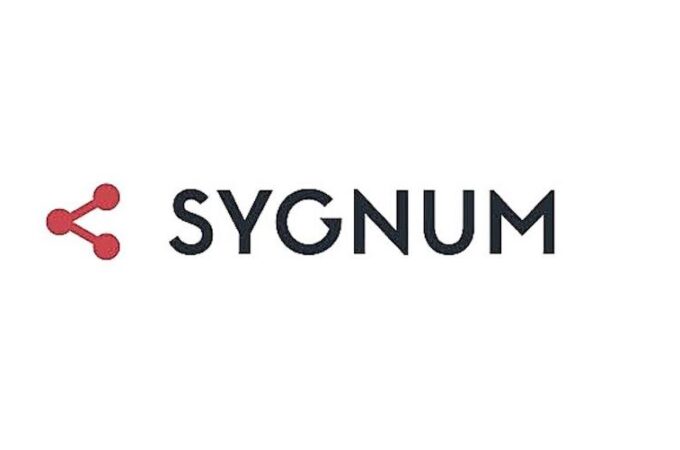
Covid-19 May Accelerate The Digital Divide Among Banks – Digital Leaders Are In The Pole Position
via Forbes
In a recent article, I commented that the Covid-19 pandemic may provide an opportunity for incumbent banks to catch up with digital challengers. For the next several months and potentially years, access to credit will be a top priority and many retail and small business customers may prefer the safety and soundness of a traditional bank versus the ‘nice to have’ innovations and alerts provided by challenger banks. But in this race to catch up, not all traditional banks are starting from the same point, and some may drop out of the race altogether.
Last year, Accenture ACN issued a report on the digital gap among traditional banks – drawing a clear line between the best and the rest when it came to digital banking. The research compared performance data for 161 leading banks from 21 countries over the period 2011 to 2017. The analysis showed a strong positive correlation between digital excellence and both superior profitability and market valuations.
For banks, January 2020 already feels like a decade ago and performance data from 2017 seems irrelevant. So, we decided to revisit our analysis using 2019 data to understand the competitive positioning of the world’s largest retail and commercial banks before the world was turned upside down by Covid-19. Our goal was to determine banks’ racing positions before the pandemic starting pistol went off and extrapolate their likely performance during and post the pandemic economy.
Our updated analysis confirms that digital excellence remained a key driver of financial outperformance through the end of 2019. By some metrics, the performance gap associated with digital excellence became even more pronounced over the past two years. We again segmented the 161 banks into three groups―digital-focused, digital-active, and the rest―to reflect digital maturity based on an outside-in assessment. We kept the banks in their previous categories but added two years of new data. So, we had 19 digital-focused banks demonstrating true digital DNA, 62 digital-active banks that perhaps lack the overall coherence and focus of the digital-focused group, and the remaining 80 banks that have digital projects and initiatives underway but have yet to make a real impact.
Our new analysis shows that digital-focused banks continue to demonstrate superior market valuations driven by current and prospective returns on equity (ROE). For the digital-active and digital-focused banks, market valuations and profitability both increased from 2011 to 2019, but both metrics declined for the other 80 banks. Efficiency continues to be the key driver of the performance delta between the digital-focused banks and the others. We also found that digital excellence has had a big impact on headcount. Digital-focused banks have been gradually reducing headcount at an average rate of 4% since 2011, and that picked up to 8% over 2018 and 2019. In contrast, both the digital-active banks and the rest increased headcount since 2011, with the latter growing by a weighted average of 27%.
To level-set, before the pandemic, it was clear that digital excellence was driving superior financial performance. As we revisit our analysis in the context of the pandemic’s impact on the banking industry, we expect that gap to widen even further.
The world’s leading digital banks were better positioned to respond to the current situation and new normal, as they were: less reliant on physical distribution, less reliant on a physical workforce, and had already built institutional muscle around servicing customers remotely. With pre-pandemic best practices for end-to-end digital product sales at around 50-60%, it was easier for digital leaders to get close to 100% as branches were forced to close and online channels largely became the only banking option. Also, the investments digital leaders have made in data and analytics will likely be a source of competitive differentiation, as they can pivot these tools to focus on recession-driven priorities, like granular credit risk analysis.
Today, the whole banking sector is feeling the impact of macro forces like zero interest rates, spiraling unemployment, and ramping up of capacity to deliver government stimulus programs. So, it may be a while before we see how wide the performance gap is between digital leaders and their less digital peers post-pandemic. However, by the end of 2020, the digital DNA of the world’s leading banks will start to assert itself more visibly and we expect their profitability will recover more quickly driven by even higher levels of efficiency and lower credit losses.
The digital divide between the leaders and the laggards was becoming stark by the end of 2019, and in 2020 and 2021 it may ultimately be a key driver of industry restructuring and consolidation. One of the impacts of Covid-19 on the retail and commercial banking sector may be the acceleration of this existing trend and supercharging it in a way that will make it difficult for the digital laggards to ever catch up.





